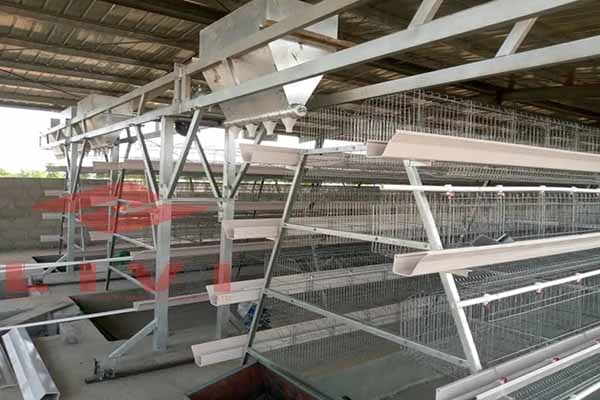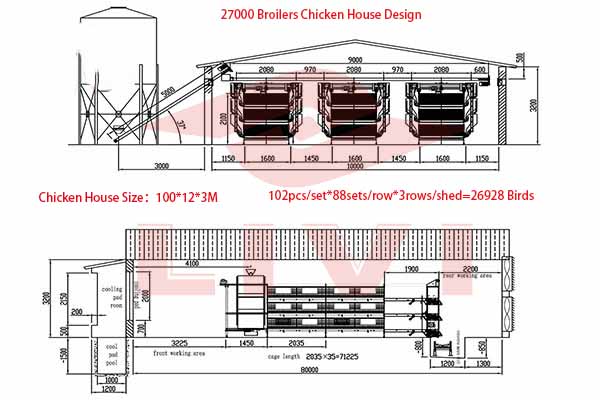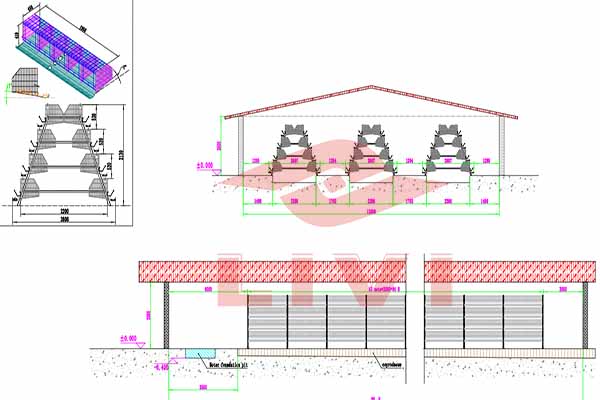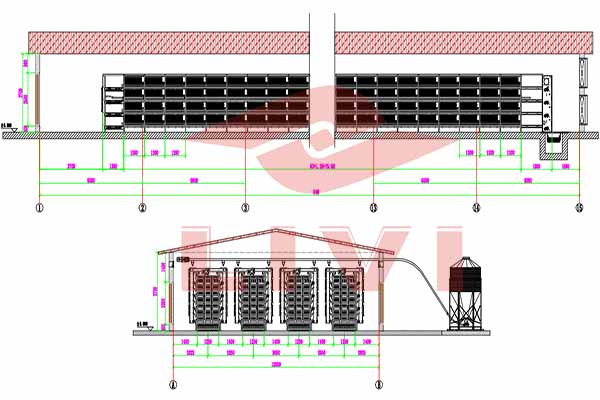What is the Best Housing System for a 90,000-Bird Poultry Farm in Nigeria?
In Nigeria, poultry farming has become a lucrative industry, with numerous farmers and investors seeking the most efficient and effective systems to maximize production. For a 90,000-bird poultry farm, selecting the right housing system is crucial for success. This article explores the best housing systems suitable for such a farm size.
Key Considerations for a 90,000-Bird Poultry Farm
When choosing the best housing system, several factors must be considered:
– Space Requirements: Ensuring that the housing system provides ample space for the birds to move around and breathe is essential.
– Climate Control: Effective temperature management is vital to prevent stress and disease outbreaks.
– Health and Sanitation: The system should facilitate easy cleaning and maintain a hygienic environment.
– Cost-Effectiveness: The investment should offer long-term cost savings in terms of energy and labor.
Top Housing Systems for a 90,000-Bird Poultry Farm
1. Deep-Litter Housing System
The deep-litter system is one of the most popular choices for large-scale poultry farms. It involves spreading a layer of bedding material, such as wood shavings or straw, on the floor. This system has several advantages:
– Space Efficiency: It requires less space per bird compared to other systems.
– Economic: The bedding material is often recycled and reused.
– Climate Control: It provides natural insulation against temperature extremes.
| Advantage | Description |
| — | — |
| Space Efficiency | Less space needed per bird |
| Economic | Recyclable bedding material |
| Climate Control | Natural insulation |
2. Automated Chicken Cages
Automated chicken cages offer precise control over the birds’ environment, including feeding, watering, and lighting. Here are the benefits:
– Automated Feeding and Watering: Reduces labor costs and ensures consistent nutrition.
– Health Monitoring: Sensors can detect disease early, improving biosecurity.
– Efficient Layout: Birds are housed in individual or group cages, which can be stacked for space savings.
| Benefit | Description |
| — | — |
| Automated Feeding and Watering | Reduces labor and ensures consistent nutrition |
| Health Monitoring | Early disease detection through sensors |
| Efficient Layout | Stacked cages save space |
3. Free-Range Housing
Free-range housing allows birds to roam freely within a controlled environment. It has its own set of advantages:
– Health Benefits: Birds are less prone to disease and have higher mortality rates.
– Environmental Benefits: Reduces waste and improves biodiversity.
– Quality of Life: Birds have better welfare and produce better-tasting meat.
| Benefit | Description |
| — | — |
| Health Benefits | Lower disease incidence and mortality |
| Environmental Benefits | Reduces waste and improves biodiversity |
| Quality of Life | Improved bird welfare and better meat quality |
Conclusion
Selecting the best housing system for a 90,000-bird poultry farm in Nigeria requires careful consideration of space, climate control, health, and cost. Each system has its unique benefits, and the best choice will depend on the specific needs and resources of the farm.
For more information on poultry farming equipment and housing systems, feel free to contact us for a free, detailed design and equipment quote.





